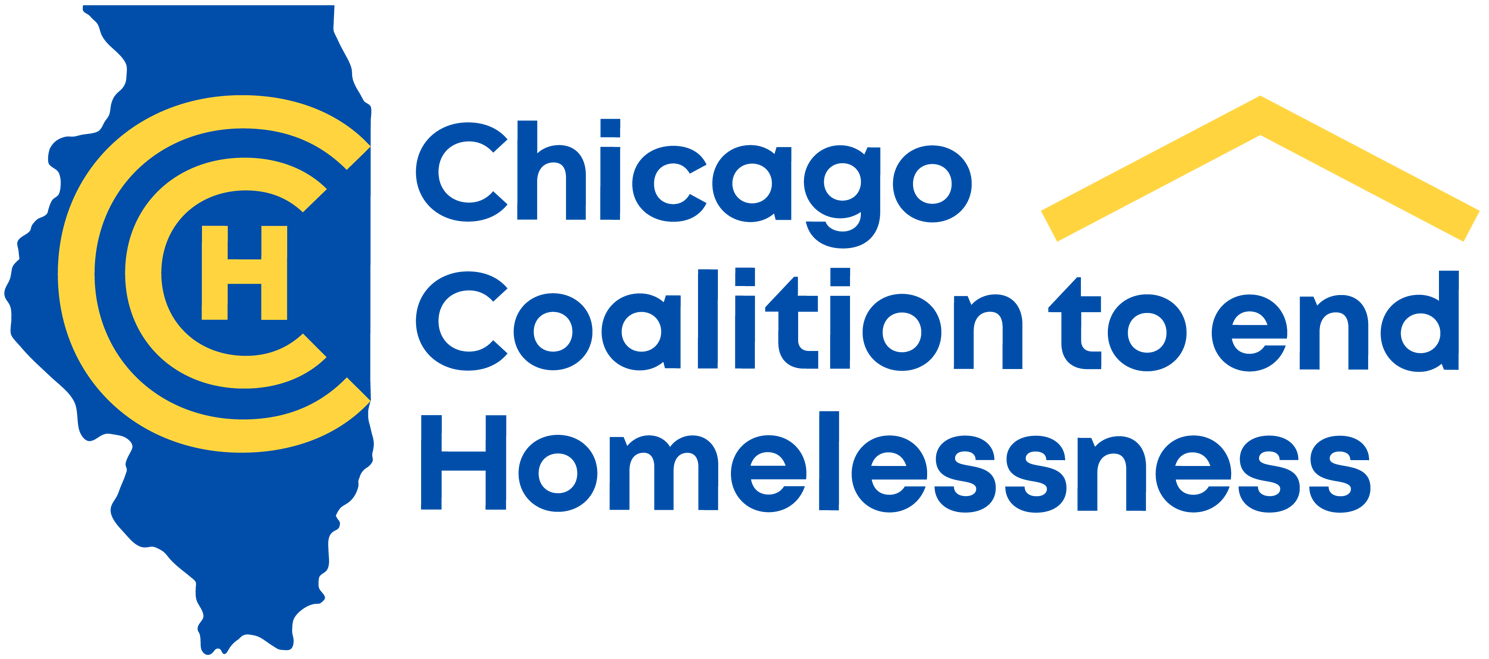By Alyssa Phillips, Education Attorney

The number of students identified as homeless in Chicago Public Schools (CPS) declined 34% since the 2018-19 school year. Due to the COVID-19 pandemic, students and school districts nationwide faced unprecedented challenges. School districts, including CPS, implemented remote, hybrid, and in-person learning models as COVID-19 cases and deaths ravaged communities, hitting communities of color especially hard. In CPS, it was particularly challenging for schools to identify and serve students experiencing homelessness.
With CPS receiving new federal funding as part of the American Rescue Plan Act to support homeless education, there are exciting new opportunities to creatively and robustly identify and assist students and families experiencing homelessness. The American Rescue Plan Act is adding $122.7 billion to existing education relief funding, and $800 million dollars in dedicated funding to homeless education, with Illinois to receive $33,112,868 in funding to support students in Illinois school districts, including CPS.
CCH believes the dedicated money for homeless students should be used to support identifying and reengaging students experiencing homelessness in school. General funding in the American Rescue Plan to support learning loss, technology access, and reopening for all students should also be used to support students experiencing homelessness. This designated funding could play a huge role in identifying and supporting students experiencing homelessness.
It is critical that this funding is used to support identification, as the number of students identified as homeless has decreased dramatically during the pandemic in Chicago, as it has across Illinois and the country. CPS reported serving 10,836 homeless students during the 2020-21 school year. This is the lowest number of students identified as homeless by CPS since the 2007-08 school year, when 10,624 students were identified. This represents a 21.6% or 3,002 student decrease from the 2019-20 school year, and 34.1% or 5,827 fewer students than the 2018-2019 school year, the last full school year prior to the start of the pandemic.
While overall CPS enrollment dropped by 4%, the decrease in the numbers of students experiencing homelessness was more than 5 times the overall decrease. The share of homeless students enrolled in CPS was 3% of last school year’s total enrollment, when in recent years homeless student enrollment represented between 4 and 5 percent.
This dramatic decrease in not reflective of the actual number of families and students experiencing homelessness. The COVID-19 pandemic has caused widespread job loss, health complications, and unstable housing, leaving many more families and children homeless or at-risk of homelessness. This decrease likely reflects a decreased ability of schools to effectively identify students’ housing status during the pandemic, not a true decrease in the number of students experiencing homelessness and needing services.
This decrease is fundamentally a racial equity issue. Students experiencing homelessness are overwhelmingly children of color, at 98%. Disproportionately, students experiencing homelessness are Black, making up 76% of students identified as homeless, despite comprising only 36% of citywide enrollment.
Maxica Williams, a member of our CPS Focus Group participated in a panel discussion with the Inclusive Economy Lab, which recently issued a report in conjunction with CPS that found that 26% of Black students experienced homelessness at least once during their enrollment in CPS, and overall, 13% of CPS students experienced homelessness. If students of color living in temporary living situations are not identified, they are deprived of vital services that can help them succeed in school.
As CPS prepares to have a full in-person reopening for the 2021-2020 school year, it is more critical than ever that they identify and support students experiencing homelessness. With the eviction moratorium ending and families experiencing job loss and health complications during the pandemic, there may be many more families and students becoming newly homeless.
Since funding is coming to CPS from the American Rescue Plan Act to support the identification of students experiencing homelessness, the Law Project and our CPS Focus Group shared the following recommendations with Chicago Public Schools and the Illinois State Board of Education:
- CPS should invest in a creative, robust and holistic communication strategy for addressing the rights of McKinney-Vento eligible students and identifying students experiencing homelessness. While schools are required under the McKinney-Vento Homeless Assistance Act to disseminate public notice of the educational rights of homeless students at locations where they receive services, a larger public outreach campaign is needed to reconnect with students after distance learning. Communication strategies should include letters, emails, phone calls, town halls, social media posts, and making sure school websites have accurate and clear information about the Students in Temporary Living Program (STLS) program. Further, there should be a public mass marketing campaign that includes targeted advertisements in places families frequent such as grocery stores, public transportation and community services. Press conferences and radio advertisements should also be utilized. Information should let families know that they may be eligible for the STLS Program and how they can get more information about STLS.
- CPS should use funding to hire staff to assist with identifying and supporting all homeless students including:
- Staff to assist unaccompanied homeless youth with identification, reengagement in school, credit recovery, and financial aid assistance for college
- Staff to assist with identification of STLS Pre-K students
- Staff to run and publicize a hotline with full capacity to answer questions and support STLS students
- Increasing the number of full-time STLS Advocate positions at CPS schools to assist STLS students with identification, attendance and success in school
- Community outreach workers to assist with reengaging students experiencing homelessness in school
- CPS should use funding to partner with community service providers to offer robust supports for families. As part of the partnership, resource hubs should be created where families experiencing homelessness can get information specific to their neighborhood.
- CPS should create ways to engage parents more, such as forming a parent engagement committee to provide continual feedback to CPS. Funding should be used to provide stipends to parents to encourage participation and engagement.
- CPS should use funding to expand transportation support so students and families have transportation to needed services as they are reengaging with school.
- CPS should create a pool of flexible funds to assist STLS families with needs that may prevent them from accessing and engaging in school.
The Law Project continues to advocate for these recommendations to be implemented, so students experiencing homelessness can engage and succeed during the 2021-2022 academic year.
The CCH Law Project provides free legal assistance to families and students experiencing homelessness. For help, please call our hotline, 1-800-940-1119 or contact Education Attorney Alyssa Phillips at aphillips@chicagohomeless.org.





